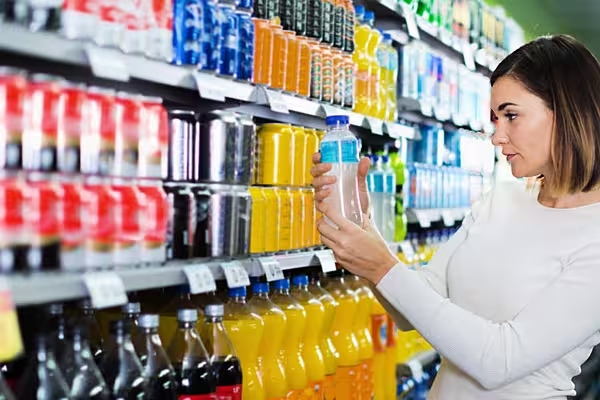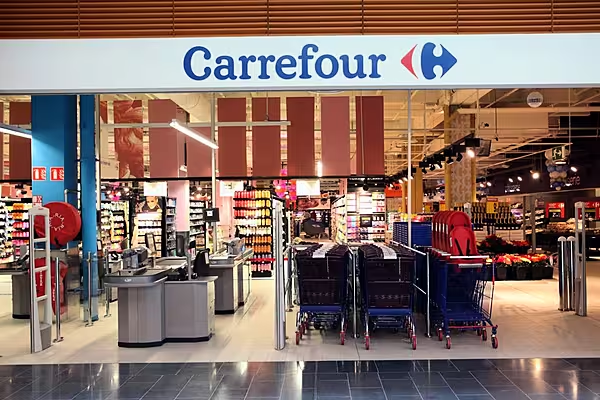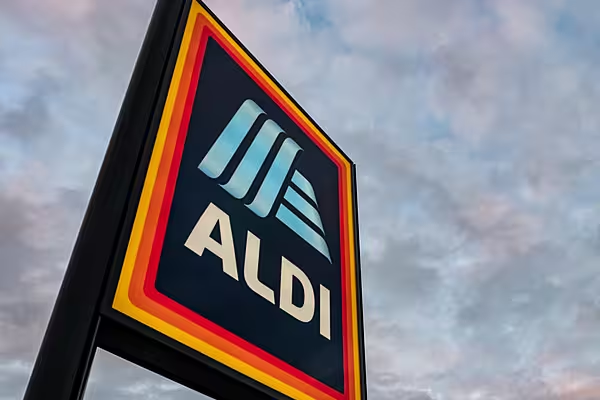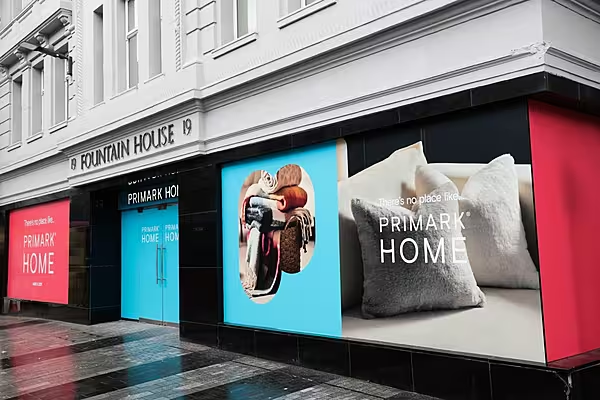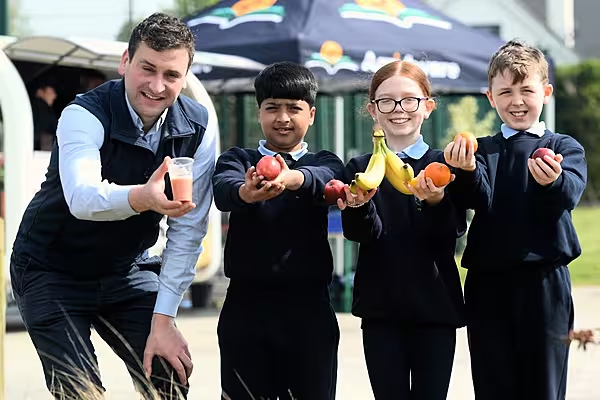Marie Buckley, NIQ senior analytics manager, and Ruth Lloyd-Evans, NIQ senior business insights manager, assess the impact of the Deposit Return Scheme (DRS) on volume sales in grocery during the three months it was introduced.
The DRS scheme was introduced on 1 February 2024, requiring shoppers to pay a returnable deposit on plastic bottles and cans from 150ml to 3L packs sizes.
A returnable deposit of 15c applies to containers from 150ml to 500ml and 25c for containers from 501ml to 3L.
The DRS primarily impacts soft drinks and Long Alcohol Drinks (LADs), which includes lager, ale, stout, cider, and pre-mixed RTD spirits.
The initial weeks of launch have been a period of adjustment for shoppers and mark a transition phase of stock changeover and consumer adoption.
71% of Irish shoppers say they are severely or moderately impacted by the cost of living, with this impact being felt more so by 18–34-year-olds.
The timing of the DRS scheme, therefore, presented its own challenges – as shoppers were finally beginning to see the light at the end of the tunnel, with rates of inflation slowing, the addition of a deposit placed increased pressure on spend.
Sustainability is important for shoppers and attitudes towards recycling are positive.
However, cost has been identified as a barrier, so with the launch of DRS it was going to be interesting to analyse how categories were impacted and if the impacts varied across channels and by pack formats and sizes.
The current trends NIQ are reporting are based on performance at this particular time relating to DRS implementation, and there are other factors at play.
Weather, annualising on a double bank holiday in March 2023, consumer sentiment, continued cost of living pressure, and channel dynamics, are also contributory factors to the volume performance.
Consumer Sentiment
Shopper sentiment regarding DRS is generally positive.
57% agree that it is a good idea, with key benefits being increased recycling levels and reduced litter.
However, detractors view it as an added tax and an additional effort that is being imposed upon them, as it involves bringing cans and bottles to a return unit rather than using their green bin.
Understanding that it is a returnable deposit, and a circular system, has not landed with everyone.
59% of shoppers say they will use a refillable bottle more often and this over indexes with 18-to 34-year-olds.
We have seen this play out in the data, with growth in water reducing and growth in squash and cordials improving when we compare the 52 week data with the latest 12 week period.
55% of consumers indicated that they would reduce purchases of cans and plastic bottles, 44% said they would switch from multipacks to larger bottle sizes, and 46% intended to switch to non-taxed formats (e.g. glass bottles or tetra packs).
The older age cohort of 35–55-year-olds are the most likely to adopt new behaviours, with more of this group claiming they will recycle and reduce the volume of cans and bottles purchased.
80% of those who have already used the scheme are returning items as part of their main grocery trip and the majority find returning easy and straightforward.
Volume Slow Down
NIQ have reviewed sales data for the first 12 weeks of the DRS to the week of 21 April 2024, and while it is early days, there is a fall-off in volume sold, which is particularly evident in soft drinks and, to a lesser extent, in LADs.
Soft drinks are predominantly sold in plastic bottle or can format.
LADs is 72% can format, with the remainder (glass bottles/keg) exempt from deposit.
LADs is also more of an occasion purchase and is therefore more resilient.
Volume sales for total grocery were tracking at minus 0.1% for the 52 weeks but have slowed to minus 1.5% in the latest 12 weeks.
55% of the 12 week volume decline is stemming from reduced sales of soft drinks and LADs.
However, it is important to note that this first 12 weeks is a transition phase, and shoppers and retailers are still getting used to the scheme.
It is anticipated that as shopper adoption improves and as summer approaches, along with the prospect of warmer weather, BBQs, and events, such as UEFA Euro 2024 and the Olympics, this will generate a seasonal uplift in volumes.
Soft Drinks
In the early days, surplus, non-DRS stock was selling through, causing some shoppers to ‘stock up’ and resulting in a subsequent slump in sales.
The past eight weeks have shown a very definite trend of reduced purchasing in soft drinks categories.
The declining rate of sale is driving volume decline, resulting from reduced consumer demand/lower footfall to the category.
Soft drinks volume growth of two per cent in the latest 52 weeks has slowed to minus 1.2% in the 12 weeks across February/March/April, which is a trend shift of minus 3.2 growth points.
Categories and channels that have a higher reliance on immediate on-the-go consumption occasions have seen a greater impact on performance.
For example, sports and energy drinks are predominantly impulse format and these have experienced a bigger decline.
Volume slowdown has been led by a decline in the forecourts channel, where the impulse occasion is more important and forecourts index higher on sales of soft drinks.
Increases in fuel prices, which are up by approximately 10% since January 2024, may also be a factor in reduced purchasing in the forecourts channel.
Most soft drinks categories experienced a negative impact in performance in the first 12 weeks of DRS, except for squashes and cordials.
Sports and energy drinks, and water, are more negatively impacted than carbonates.
Water accounts for 34% of the volume decline in the latest 12 weeks.
Aside from overall reduced purchasing, there has been a shift into five-litre containers which are exempt from deposit.
The switch to own label isn’t a new trend and own label performance since the introduction of DRS indicates that this could be a strategy that shoppers will use to manage spend.
This is of particular concern in categories where own label has a strong presence such as water, juice and dilutes.
Take Home Formats More Resilient
The multipack can format is showing greater resilience, in part due to increased promotions which is insulating consumers from the added cost of the returnable deposit fee.
Shoppers are sizing down in large multipacks and this is driven, to some extent, by brands adjusting formats.
There is also some sizing up in medium sized multipacks such as four and eight packs.
Within two-litre bottles, singles have performed better than banded multipacks, with promotions (e.g. multi-buys) being a positive factor in the single two-litre format performance.
In summary, shoppers are moving to smaller multipacks of cans and larger bottles.
LADs (Beer/Cider/ RTD Spirits)
LADs have also seen a slowdown in volume performance, though the extent of the slowdown is less than that observed for soft drinks.
LADs posted volume growth of minus 3.3% in the latest 52 weeks and this has slowed to minus 5.5% in the 12 weeks across February/March/April, representing a shift of minus 2.2 growth points.
Lager volumes have experienced the biggest reduction, accounting for 70% of the volume decline across LADs.
Stout has remained resilient – benefiting from strong brand loyalty and increased promotions.
Premixed RTD Spirits, which account for 4% of the total LADs segment, have experienced the biggest volume change, with the volume % change moving from plus 1.3% in the 52 weeks to minus 5.1% in the 12 week period.
This is a shift of minus 6.3 growth points.
It is possible that shoppers of this sector are switching to purchasing standard spirit bottles.
However, it is difficult to isolate this.
Unlike soft drinks, where bottle format is mostly plastic, LAD bottles are mainly glass, which is exempt from DRS.
There has been some shifting from can into bottle format, with volumes improving in bottle, both in multipack and single bottle format, particularly bottles that are less than 500ml.
There is evidence of shoppers downsizing in multipack cans, from large multipacks into the eight-pack and ten-pack formats.
Conclusion
Whilst we have seen an initial decline in consumption, it is important to remember that it is early days that include a period of transition.
As consumers adapt and understand that it is a fully returnable deposit, more normal purchasing patterns will likely resume in the summer season.
Source: NIQ Consumer Survey March 2024.
NIQ Scantrack data to 21 April 2024 (for LADs Total Scantrack, including Specialist Of-Licences)
Read More: Re-turn Reports Average Of 3m Containers Returned Daily In June
